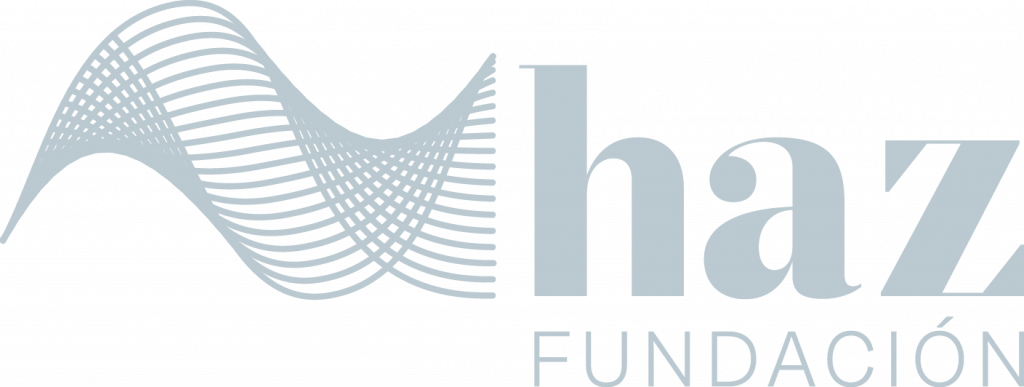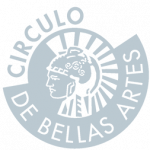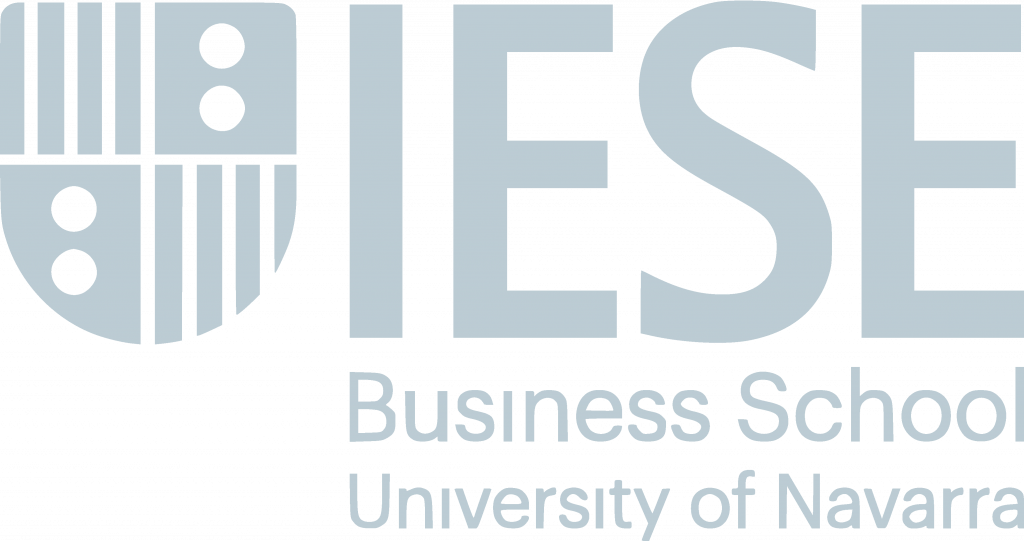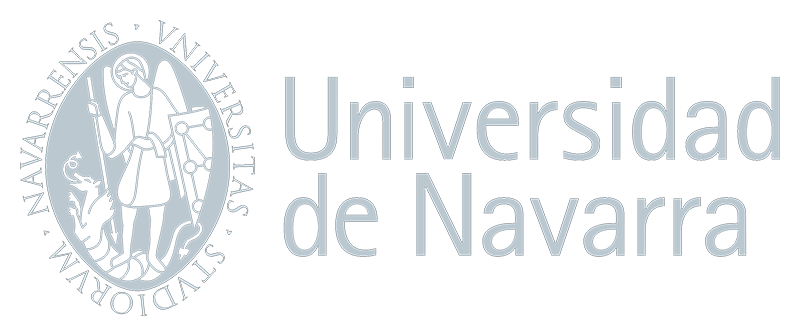Sophia He
“Trust in the media is essential to the future of democracy in Europe,” affirmed Michael McGrath, European Commissioner for Democracy, Justice, Rule of Law, and Consumer Protection, during the opening address of a conference held on June 10, 2025, in Madrid, Spain. Hosted by the Observatorio de Medios e Información Responsable—an initiative of the Spanish think tank Ethosfera and Fundación Haz —the event brought together over thirty editors, journalists, academics, and media executives to examine the evolving relationship between journalism and democracy. Based on insights from the conference, this article analyzes the causes and consequences of media distrust, the solutions proposed, and the future of media as a watchdog for democracy.
The Problem: Distrust in the Media and Its Stakes for Democracy
Media distrust traces back to the collapse of what Nobel economics laureate Joseph Stiglitz called the “accidental marriage” between advertising and news in the conference’s keynote address. This business model relied on a simple formula: media outlets attract attention, which in turn attracts advertisers. Over the past quarter century, however, technological advances have transformed how attention is captured by prioritizing entertainment over accuracy, especially on social media. As a result, platforms like Meta and Google now absorb 80% of digital advertising revenue, leaving media and journalism organizations with shrinking profit margins.
A business infrastructure that rewards outrage over accuracy breeds disinformation, undermining trust in the media as citizens increasingly turn away from the press to inform, scrutinize, or unify. Disinformation thus poses a direct threat to democracy democracy: 86% of Europeans and 91% of Spaniards agree that the rapid spread of disinformation is a major problem for democracy.
Furthermore, artificial intelligence (AI) exacerbates media distrust, as emphasized by Stiglitz. Algorithms optimize for attention rather than truth, often maximizing engagement by provoking outrage. As a result, algorithmic systems distort civic understanding, fuel social polarization, and erode the traceability of facts. Panelists further argued that the risks posed by AI are existential, as it has the capacity not only to shape what we do, but who we are. By making decisions on our behalf, AI directs our behavior, curates our experiences, and influences our identities.
Altogether, the stakes of growing media distrust are undeniably high. Democratic institutions, economic systems, and even the rule of law falter without a “free, plural, and independent media that speaks truth to power and holds it to account.” This warning from McGrath was echoed by Stiglitz, who stated: “What is at stake here […] is not just the media. It’s democracy. It’s our economy. It’s our prosperity.”
The Solution: Proposals for Institutional Support and Self-Regulation
Institutional efforts at the continental level have laid critical groundwork for rebuilding trust in the media. McGrath highlighted the European Media Freedom Act, set to take effect in August 2025, which protects against political interference in editorial decisions, secures the independence and stable funding of public service media, and ensures transparency in media ownership and state funding. The EU has also supported the European Digital Media Observatory, which monitors disinformation threats and promotes media literacy. Finally, media is a core focus of the European Democracy Shield, an emerging EU initiative aimed at strengthening democracy across member states.
The appropriate scope of institutional regulation was a subject of significant discussion. While regulation does not inherently conflict with freedom of expression, some warned that excessive oversight could stifle innovation, isolate it within Europe, or render it irrelevant. Others countered that the absence of regulation has enabled systemic disinformation campaigns. In light of these concerns, panelists pointed to the lack of regulatory oversight over the primary source of disinformation: social media. Technology has made it easier than ever to publish unverified content, yet regulators continue to give social media a “blank check.” In response, speakers urged equal regulatory treatment for both traditional and social media.
In addition to institutional regulation, self-regulation plays a key role in restoring media credibility from within. One proposal was a label of credibility to help channel investment from high-traffic platforms toward trustworthy sources. Some speakers, however, favored a label of identity, one that distinguishes investigative journalism from mere content creation. They argued that, since truth is the only reliable marker, any label should serve as a complement rather than a definitive judgment. For the governance of such labels, speakers suggested oversight by independent bodies such as the Federation of Associations of Journalists of Spain (FAPE). Additional self-regulatory proposals included complaint mechanisms reviewed by independent councils, with repeated violations leading to disqualification from public funding. Panelists also proposed a public media registry requiring transparency in media ownership and financing.
Ultimately, trustworthy journalism depends on both sustainable external funding and resilient internal revenue streams. Panelists reinforced Stiglitz’s definition of news as a public good by asking for a more efficient allocation of public funds. Proposed measures included compensation for violations of intellectual property—an approach implemented in Norway through a levy—and the reduction of Value Added Tax (VAT) across the board. Some speakers noted concerns surrounding public subsidies, cautioning that they could exacerbate existing issues of transparency and objectivity. On the internal side, panelists identified a readership-based business model as the most viable path forward, especially given the collapse of the “accidental marriage” between media and advertising.
The Future: Media as a Watchdog for Democracy
The speakers’ proposals reflect a vision for the future of media rooted in values. Foremost among these is pluralism—a cornerstone of democracy, which depends on the dispersion of power across all sectors of society, including the media. To ensure that media fulfills its democratic function, panelists highlighted four additional values: creativity, opportunity, ethics, and dialogue. Creativity is essential, as the human element is what ultimately distinguishes journalism in today’s digital landscape. In a field where technology often seems to displace opportunity, journalism must carve out its own by harnessing digital tools while upholding ethical standards. Finally, given the urgent need to mend the social fabric, the media must realize its potential as a unifying force by fostering spaces for meaningful dialogue.
The media’s role as a watchdog of democracy extends beyond Europe, as emphasized by Anya Schiffrin, director of Columbia University’s Technology, Media, and Communications (TMaC) program, in her closing address. From the American perspective, she noted that unscrupulous media outlets have deepened polarization and eroded public trust in both science and government. As Schiffrin observed, platform remuneration will not save journalism, and journalism alone cannot save the world from polarization. Yet without reliable journalism, democracies cannot save themselves. The challenges are substantial, but in the view of Stiglitz, democracy is worth the trade-offs—even trade wars, if that is what it takes. It is up to actors both within and beyond the media to transform these proposals into a future where journalism safeguards democracy, bolsters our economy, and advances our shared prosperity.






